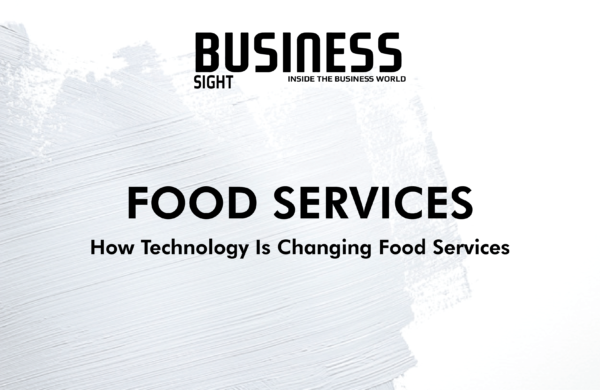Culinary offerings are becoming increasingly diversified in most regions of the world for beloved foodies, younger diners and good for the planet, it’s a business model that should go from strength to strength. Consumers are rethinking their avoidance of fats, thanks to the popularity of high-fat, low-carb diets such as keto, paleo and other “food tribe” eating styles and filled with immune-boosting nutritional properties, mushrooms of all varieties pack a serious flavor punch. Access to new ingredients is easier than ever before, and culinary cultures now spread more easily as information is shared at light speed and for food items like a mushroom, for centuries, Eastern medicine has touted the benefits of mushrooms but only recently has Western culture embraced mushrooms as a superfood. Globalization is a source of opportunity for operators who are developing in distinct areas around the world which is why due to the popularity of fat-approving diets and the perceived naturalness of butter, consumers are more open than ever toward incorporating healthy fats into their diets.
There are many opportunities for foodservice players to get in on the $6.5 billion-dollar cannabis industry, whose future looks high as a kite and in 2020, look for more cannabis-infused coffees, teas, cooking oils, snacks and chocolates as well as the spread of cannabis to products such as beer and pasta. Its legal status remains patchy, but booming demand in American and Canadian provinces where cannabis is no longer criminal makes it a tempting proposition for entrepreneurs, a large cohort of canna-curious promises massive potential, with the 24 percent of Canadians who are existing cannabis consumers expected to be joined by another 20 percent, post-legalization. Even though these products aren’t legal at a national level, word-of-mouth and curiosity are helping grow the category in states where cannabis sales are allowed. Chefs will need to learn how to include this modern staple in everyday foods while packaged snacks and treats called edibles are gaining popularity, some chefs are also developing more upscale cannabis creations. The clamor for relaxed laws will grow in other countries such as the UK, and innovation will increase where chefs have been let off the leash and think of cannabis restaurants and bars, weed-and-cheese events and what Technomic calls functional foods or dishes whose featured cannabis is there to encourage consumers’ relaxation.
Three years ago, Uber Eats had zero clients and today, the global food delivery market is now worth over $100 billion and, if current rates of growth are sustained, its size will have almost doubled between 2017 and 2023. Home delivery is booming, and it’s changing the landscape of brick-and-mortar stores and restaurants, digital ordering, a $1.8-billion industry is just one illustration of how adopting technological innovation as a mindset is the trick to navigating the pace of change. Limited distribution, friction between systems used, poor choice of distributor and human error can all contribute to preventable supply failings and, at worse, stock shortages for operators and the payment method is the industry’s next arena of technological transformation, with integration, omnichannel solutions and seamlessness across platforms leading the charge. The number of digital services available is growing rapidly, including click and collect, online reservations, home delivery and electronic payments and blockchain technology’s ability to create traceable entries along a product’s lifecycle means it’s widely touted as a key to unlocking an overhaul in how operators approach food safety and provenance, a trend facilitated by major logistics innovation that allows unprecedented access to foodstuffs’ origins.
The future is now in foodservice, as long-touted advancements in data science and tailored dining start to be hammered into concrete form as labor costs the number-1 challenge impacting their business. The one-year turnover rate across all restaurant positions is 24 percent, closer to 30 percent in part-time, and the five-year average is an astounding 116 percent which is among the highest of any industry and operators can now project a sense of knowing the customer by stocking kitchen with toys and tools designed to shrink the need for bodies, including appliances chefs can program from a distance and a whack of ingeniously versatile multi-cookers.















